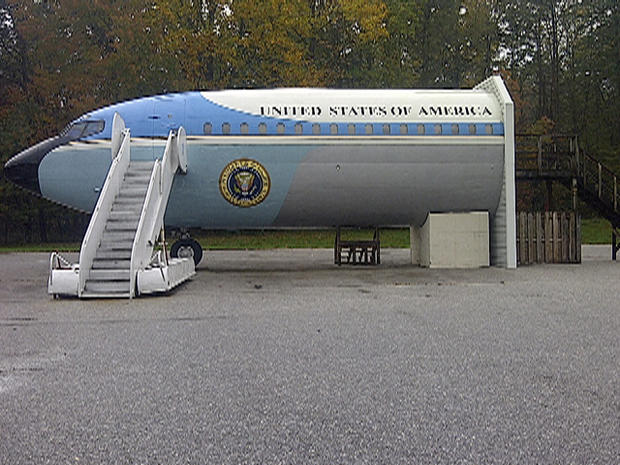A rare look inside Secret Service training
LAUREL, Md. - The starting pay is $52,000, clothing provided. The employer warns the job is physically demanding and requires working long hours in undesirable conditions.
CBS News correspondent Elaine Quijano reports there is no shortage of applicants for ths position - protecting the most famous house in America.
When you think of the Secret Service, you probably think of the plainclothes agents who surround the president. But it's another branch, called the uniformed division, that's in charge of securing the White House.
This elite force of 1,400 officers has jurisdiction within the White House gates, and beyond.
"The uniformed division has very broad arrest powers," said Sgt. Scott Saras. "They can obviously arrest for federal offenses but they can also make arrests for local offenses in the District of Columbia."
Saras is an instructor at the Secret Service's training center outside Washington. CBS News was given rare access to the 550-acre wooded facility. It features a mock-up of Air Force One. A street set that would be the envy of any Hollywood director is used for simlutations of high intensity scenarios.
"We are going to give them repetitions," Saras said. "We want to give them repetitions to where they are able to just react as opposed to having to think."
More than 16,000 applied to join last year, and just 200 were chosen.
"It's been a long journey, I'll say that," said recruit Tim Connelly. Connelly's a former Marine who served two tours in Iraq. " It's a lot of training. And it's difficult training."
Explaining the difference between the two, Connelly said, "The Secret Service - we are protecting people. In the Marine Corps you are assaulting the enemy, locating and trying to eliminate. So it's something I've had to focus on in particular even more than some other people, drawing back and not just rushing through."
In one drill on the street set, Connelly found himself outnumbered and outgunned. "It is kind of similar to combat. You can be bored and think this is an easy job and all of a sudden you have three gunmen taking shots at you. You got to be on your game from moment one. You can't have first day jitters or anything like that because that could be the day that something bad happens."
The worst happened on Nov. 1, 1950, when uniformed officer Leslie Coffelt was shot to death protecting President Truman. His sacrifice is remembered each year in a pre-dawn ceremony just steps from the White House.

